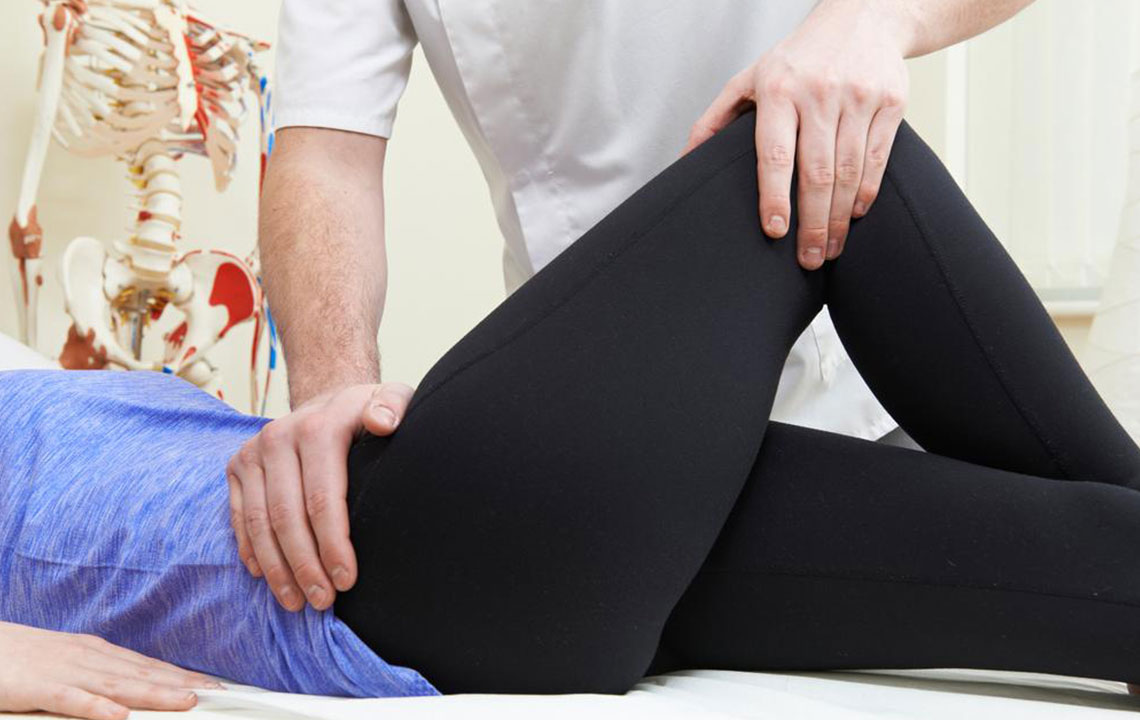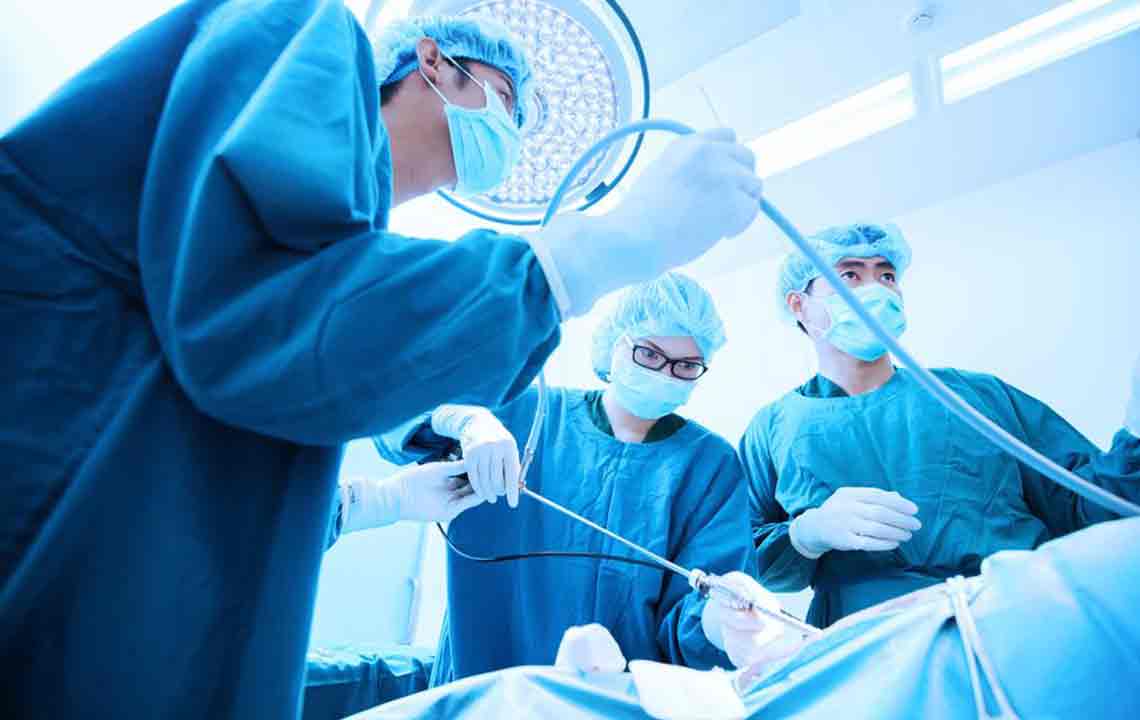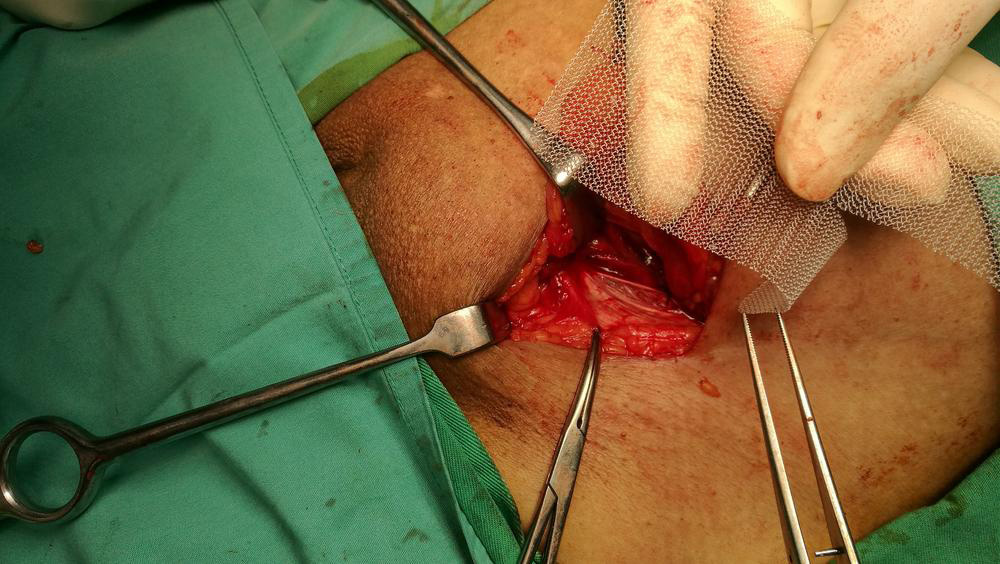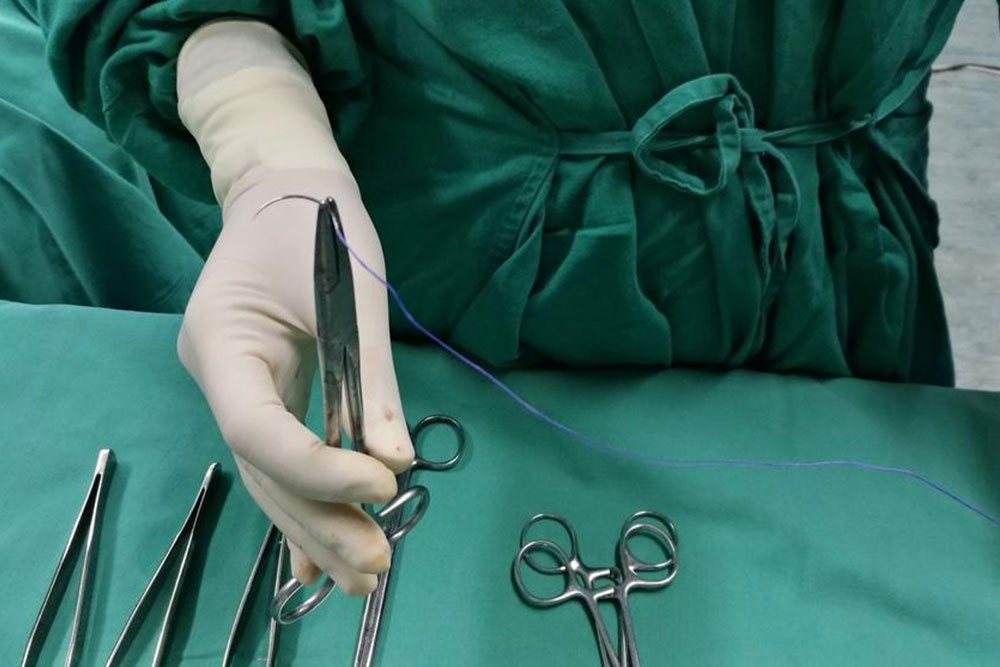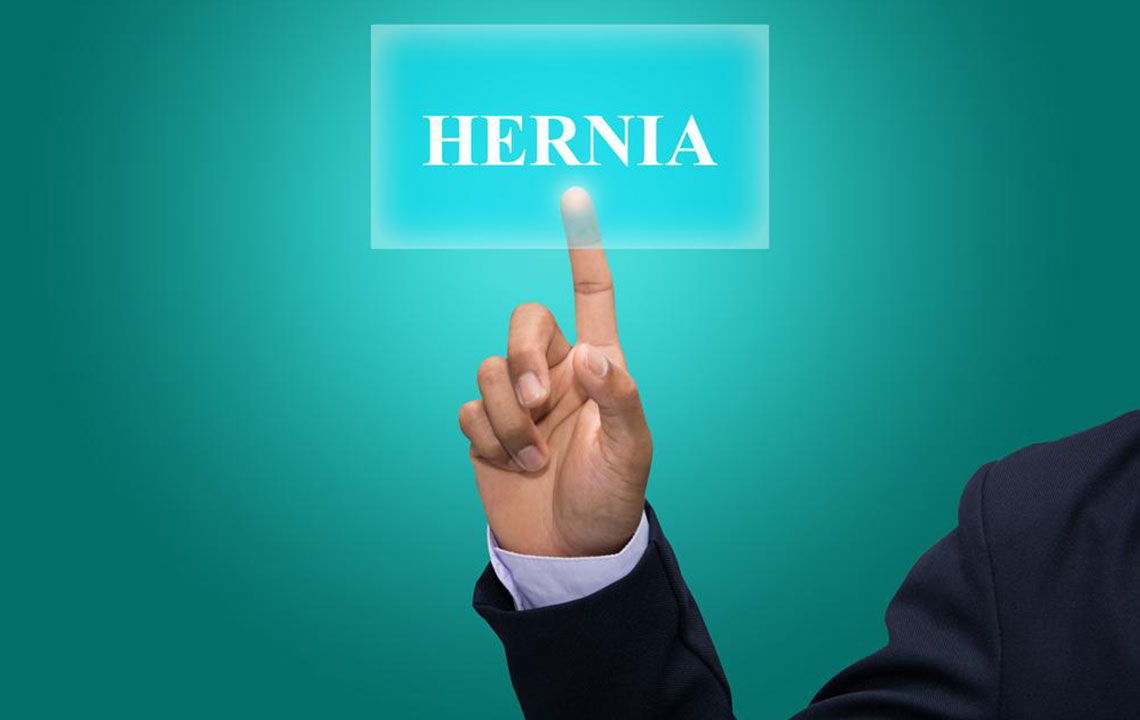Comprehensive Guide to Hernia: Causes, Types, and Effective Pain Relief Strategies
This comprehensive guide offers in-depth insights into hernia causes, types, and practical pain relief techniques. Learn about temporary relief methods, medical treatments, and preventative habits to manage and prevent hernias effectively. Whether you're seeking immediate relief or planning for surgery, stay informed about best practices for hernia care.

Understanding Hernia and How to Alleviate Its Discomfort
A hernia is a condition characterized by the protrusion of tissue or an organ through a weakened area in the muscular wall of the body. This condition can occur due to various factors including muscle weakness, strain, or congenital issues. Hernias are commonly classified by their location and the type of tissue involved, with the most prevalent types being inguinal, umbilical, hiatal, femoral, and incisional hernias. Proper diagnosis and timely treatment are crucial to prevent complications such as organ damage or strangulation.
What Causes Hernias?
Lifting heavy objects incorrectly or without proper technique
Frequent coughing or sneezing, often due to respiratory issues
Chronic constipation or persistent diarrhea, leading to straining during bowel movements
Obesity and excessive abdominal pressure
Poor muscle tone and aging-related muscle weakness
Previous surgical incisions that weaken the abdominal wall
Hernias are generally distinguished based on their anatomical location and the affected organ or tissue. The protruding tissue can include parts of the intestine, fat, or other abdominal organs, depending on the hernia type.
Diagnosing the specific type of hernia requires professional medical expertise. Since symptoms can overlap, a physical examination combined with imaging tests like ultrasound or MRI may be necessary to determine the accurate diagnosis.
Main Types of Hernias
Inguinal Hernia: The most common type, occurring when part of the intestine or bladder protrudes into the groin through an opening in the lower abdominal wall.
Incisional Hernia: Develops at the site of a previous surgical incision when tissue pushes through the surgical scar.
Femoral Hernia: A less common hernia where the intestine protrudes through the femoral canal just below the groin, often more common in women.
Umbilical Hernia: Occurs when part of the small intestine pushes through the abdominal wall near the navel.
Hiatal Hernia: Involves part of the stomach moving through an opening in the diaphragm called the hiatus, often leading to acid reflux and heartburn.
Specifically in hiatal hernias, the upper part of the stomach pushes upward through the diaphragm’s opening, which can cause symptoms like reflux, chest pain, or difficulty swallowing.
Temporary Relief Methods for Hernia Discomfort
While hernia pain can be intense and sometimes sudden, there are several ways to find temporary relief. It’s important to consult a healthcare professional before attempting any self-care methods to ensure safety and appropriateness for your specific condition.
Applying Cold Compresses
Using an ice pack wrapped in a cloth can help reduce inflammation and numb the pain.
Apply for intervals of 10 to 15 minutes, ideally once or twice per day, following medical advice.
Never place ice directly on the skin, as this can cause frostbite or tissue damage.
Pain Medications
Non-prescription analgesics such as ibuprofen or acetaminophen can alleviate moderate pain effectively.
For hernias involving reflux symptoms, antacids like Tums, Mylanta, or Gelusil offer quick relief by neutralizing stomach acid.
Prescription drugs such as proton pump inhibitors (PPIs) can significantly reduce acid production, easing discomfort over longer periods.
Always follow dosage instructions carefully, and seek medical attention if pain persists beyond a week or worsens.
If reflux symptoms continue or worsen, consult a physician promptly to prevent complications like esophageal damage or ulceration.
Support Devices and Trusses
Hernia supports or trusses are specialized garments designed to keep the protruding organ in place temporarily.
Proper fitting is crucial to avoid further discomfort or worsening of the hernia.
It is essential to use these under medical guidance, as misuse can lead to complications or delays in definitive treatment.
Alternative Therapy: Acupuncture
This traditional Chinese medicine technique involves stimulating specific points with fine needles to help reduce pain and inflammation.
Ensure that acupuncture is performed by a certified and trained practitioner to maximize safety and effectiveness.
While acupuncture may provide symptomatic relief, it is not a substitute for professional medical treatment or surgery when necessary.
Medical Treatment and When to Seek Surgery
Complete correction of a hernia typically requires surgical intervention, especially if it causes pain, enlarges, or presents risks of complications like incarceration or strangulation of tissues. Temporary methods serve only as interim measures until surgery or other definitive treatment can be carried out.
Hernias involve displacement of tissues and organs, necessitating expert care for proper repositioning and repair. Surgical options include open repair, laparoscopic surgery, and mesh implantation, depending on the hernia type and severity.
Prevention Strategies for Hernia Progression
While some risk factors like congenital muscle weakness cannot be entirely prevented, adopting healthy habits can significantly reduce the likelihood of hernia development or worsening.
Quit smoking, as smoking weakens connective tissue and impairs wound healing
Maintain a healthy weight to reduce abdominal pressure
Avoid straining during bowel movements by eating a high-fiber diet and staying hydrated
Use proper lifting techniques, bending at the knees and lifting with the legs instead of the back
Engage in regular exercise to strengthen the core muscles and improve overall muscle tone
